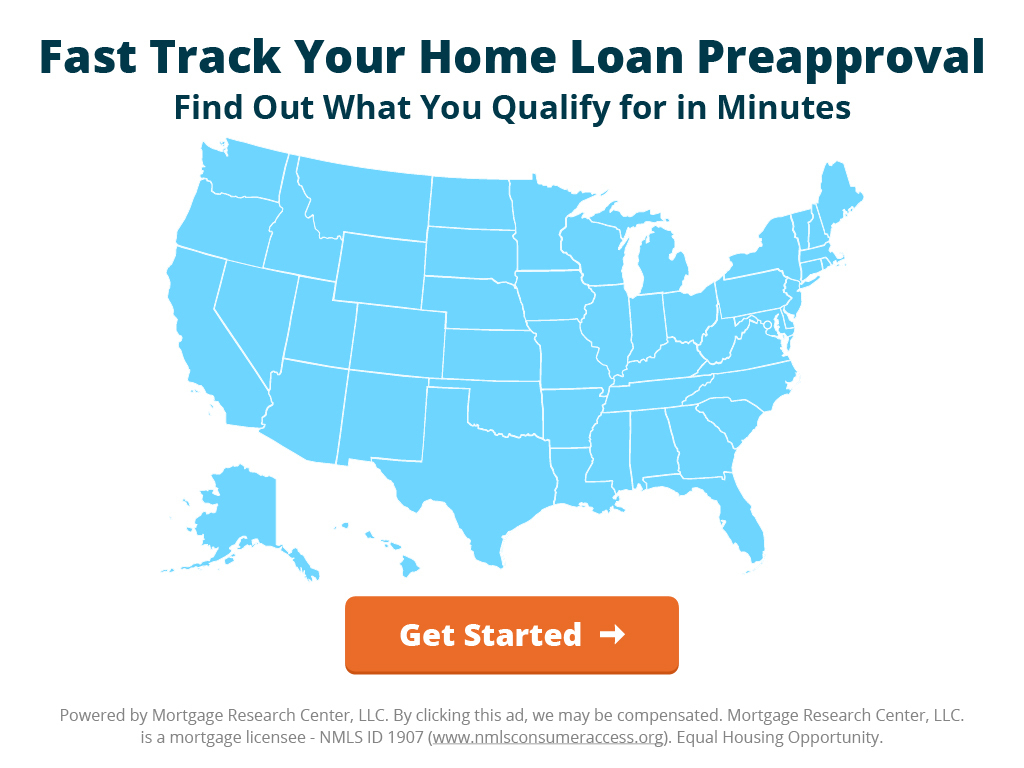Opinion: The Upside of Private Mortgage Insurance for Buyers Lacking a 20% Down Payment

Private mortgage insurance, or PMI, is likely the least understood aspect of homebuying.
That sounds like hyperbole, but think about it: Some so-called experts tells you to avoid it. Some first-time buyers swear they will never get it. Yet, many homebuyers in the last two years have made hundreds of thousands of dollars using it.
How can all this be true at once?
The following is the unfiltered truth about PMI.
Mortgage Insurance Is a Tool and Nothing Else
Just like mortgage interest, mortgage insurance is a tool. How? Both let you buy a home when you don’t have enough cash to complete the transaction.
Why do some people tell you to avoid mortgage insurance but simultaneously tell you it’s okay to get a mortgage? That advice doesn’t adhere to the same principles for each case.
After all, the same reasoning should apply if you lack 20% down if you lack 100% down.
Just like a mortgage, homebuyers can use PMI to get into a home faster.
During the COVID-19 pandemic, homebuyers saw the mind-blowing advantage of getting into a home as quickly as possible, whether fleeing urban settings or taking advantage of new work-from-home policies.
» Expert Tip: Are you looking to buy soon? Get pre-approved for a mortgage before your home search to set yourself up for having your offer accepted.
Unexpected Winner: The One Who Chose PMI
Here’s a scenario to think about.
It’s January 2, 2020 in Phoenix. Borrower A puts 5% down on the average home, just $275,000 at the time, according to Redfin (RDFN) data. She got a 3.72%, 30-year fixed-rate mortgage. Her principal and interest payment is $1,205, and her PMI payment is $170 per month for a total of $1,375, not including taxes or insurance.
Borrower B hates PMI and will never accept it. So he spends the next two and a half years saving up an additional 15% down for a full 20%.
Over the next two years, Phoenix home prices increase to $430,000 on average and mortgage rates jump to 6.7%. Sure, he avoided PMI. But his principal and interest payment is $2,220 even without that expense.
Here are some of the ways Borrower A came out ahead:
Her full payment, including PMI, is $845 less than Borrower B’s
She had to come up with $72,250 less in cash upfront
She has $168,750 in equity versus Borrower B’s $86,000
She avoided paying over $30,000 in rent since January 2020
This is admittedly an extreme example, with dramatic home prices and mortgage rate increases since the pandemic.
But the fact remains that, except for a few times in history, people generally can’t save money fast enough to put 20% down, unless, of course, they are already homeowners.
How Much You Have To Save To Keep Up With Home Prices
Median U.S. home prices rose 3.7% per year on average between the first quarter of 1988 to the first quarter of 2018, according to Census Bureau data. Yes, that includes the housing bust of the 2000s and excludes COVID-19.
At a $400,000 home price, you have to save nearly $3,000 per year just to have the same down payment percentage as you did a year earlier. Put another way, saving $3,000 per year for a down payment gets you nowhere.
Yet, someone with a 700 credit score and 5% down on a $400,000 home would pay just 0.78% of the loan amount per year in PMI. Ironically, that comes out to $2,964 annually – almost the exact same amount you need to save each year just to break even on your down payment savings.
An extreme example of this phenomenon is above. Borrower B was shooting for a 20% down payment in January 2020 – $55,000 based on average prices. But by late 2022, as prices increased, that amount became just 13% down.
Sure, some home buyers will still dig their heels in and refuse to consider PMI. But at this point they are doing it to stick to a long-held belief rather than data.
When PMI Doesn’t Work Well
Now that PMI haters everywhere are offended, here’s an admission: These are a few situations where PMI doesn’t make a lot of sense.
You Have Low Credit
There are a few types of mortgage insurance. Private mortgage insurance, as the name suggests, comes from private companies. The cost is based on risk, or more specifically, credit scores.
Someone with a $300,000 loan, 5% down and a 700 score would pay around $195 per month in PMI. But what if they had a 630 score? That cost increases to $355 monthly or 1.42% of the loan per year, says mortgage insurance provider MGIC (MTG).
While lower-credit borrowers might still be better buying than not buying using PMI, a mortgage backed by the Federal Housing Administration (FHA) could be a better choice. FHA has its own brand of mortgage insurance called Mortgage Insurance Premium, or MIP. This costs just 0.55% of the loan amount per year for any credit score.
That’s just $137.50 per month, versus $355 for PMI on a 630 credit score.
Beating FHA, USDA home loans come with a 0.35% annual mortgage insurance premium, equaling just $87.50 per month.
Low-credit buyers should explore options outside of conventional loan PMI.
You Think Home Prices Will Drop
The argument for PMI is largely based on 30-year trends for home appreciation. But times are not normal.
There are plenty of analysts calling for home price drops in 2023, some of which are already happening. In fact, some major housing forecasters are predicting a decline in the U.S. median home price next year.
If you firmly believe that home prices are coming down, you might avoid paying mortgage insurance for a depreciating asset. It would be disappointing to use PMI to buy a home at $400,000 when you can get a similar home for $375,000 next year.
That being said, timing the market often backfires. The market turns upward before you notice or continues to go down after you purchase. Very few people buy at the very bottom of the market.
This is why, historically, it’s been wise to use PMI to buy a home when you’re ready and can afford the payment.
PMI: Not As Bad As You Think
Millions of homeowners have used a tool to buy a house even though they didn’t have the cash to do it. They locked in their housing payment, fired their landlord, gained home equity, and built generational wealth.
The tool they used is called a mortgage.
Some of these used another tool simultaneously for the same purpose. It’s called mortgage insurance.
If you’re a fan of one, you have to be a fan of the other.
» Expert Tip: Thinking about buying a home but unsure of how much of a down payment you need to make? Connect with a lender specializing in $0 down or low down payment loans so you can shop around for a home comfortably. Get started here!
More from Mortgage Research Network:
Why Are Home Prices So Unaffordable in the Western U.S.?






